PROCRASTINATE
Illustration published in Revista Mongolia
The figure of the poet Rosalía de Castro walks on a natural environment that evokes Galicia and is reflected in the water showing three figures of the present time: a teenager, a girl and an adult woman.
I wanted to represent Rosalía as a brave, advanced and free woman, and how her remnant influences and will influence current and future generations, highlighting the value of her work for the Galician language and women’s rights.
The condition and fate of women is central to all her work: in her vital, philosophical and political position. Rosalía de Castro is spoken of as representing the beginning of Galician modernity.
The work is accompanied by the first verses of a song from the book «Cantares gallegos», a collective song that gives title to the mural.
I made several paintings like these at schools and high schools in the province of Lugo, in commemoration of International Women’s Day and thanks to the Department of Culture of Lugo.
La figura de la poeta Rosalía de Castro camina sobre un entorno natural que evoca a Galicia y se refleja en el auga mostrando tres figuras de la época actual: una adolescente, una niña y una mujer adulta.
Quise representar a Rosalía como una mujer valiente, avanzada y libre, y como su huella influye e influirá en las generaciones actuales y venideras, destacando el valor de su trabajo por la lengua gallega y los derechos de las mujeres.
La condición y la suerte de las mujeres se hace medular en toda su obra: en su posición vital, filosófica y política. Se habla de Rosalía de Castro como la representación del inicio de la modernidad gallega.
Acompañan a la obra los primeros versos de una canción perteneciente al libro de “Cantares gallegos”, un canto colectivo que es el da título al mural.
Realicé diversas pinturas como esta en centros educativos de la Provincia de Lugo, en conmemoración del Día Internacional de la Mujer y gracias al Área de Cultura de la Diputación de Lugo.

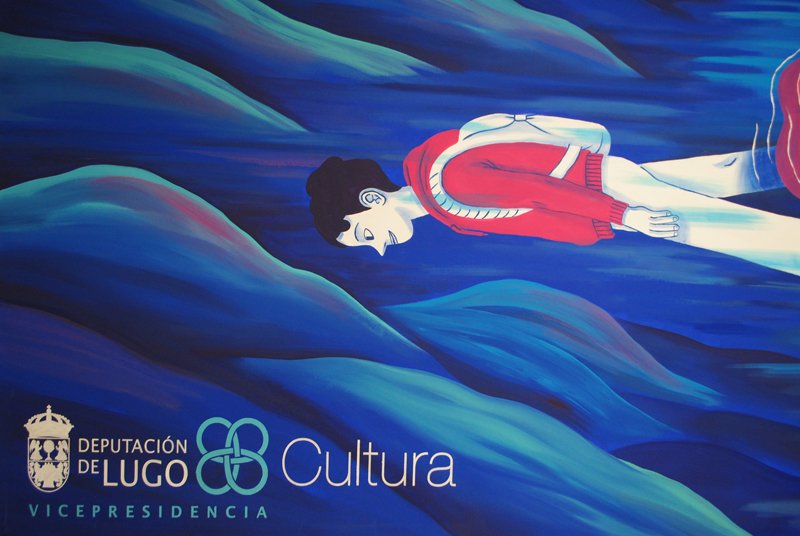
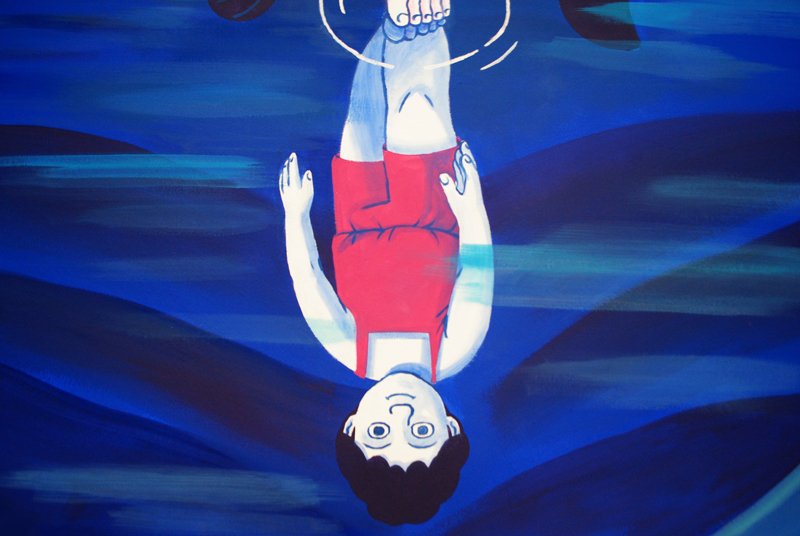
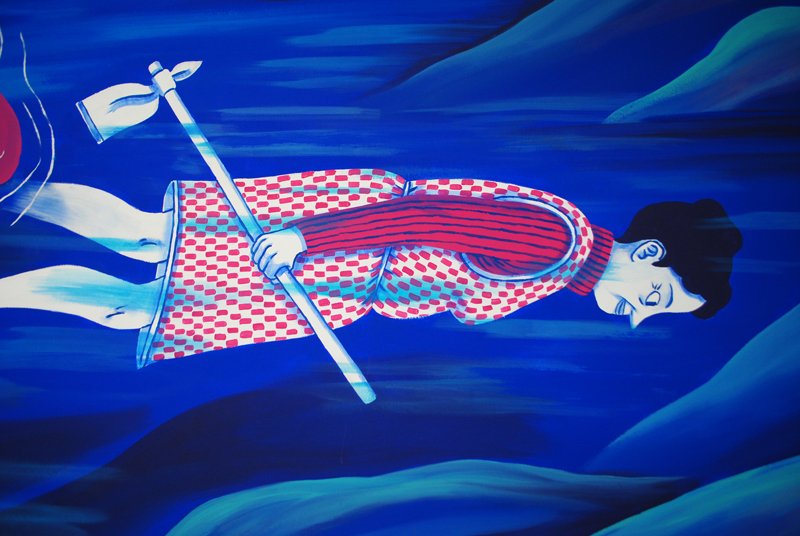
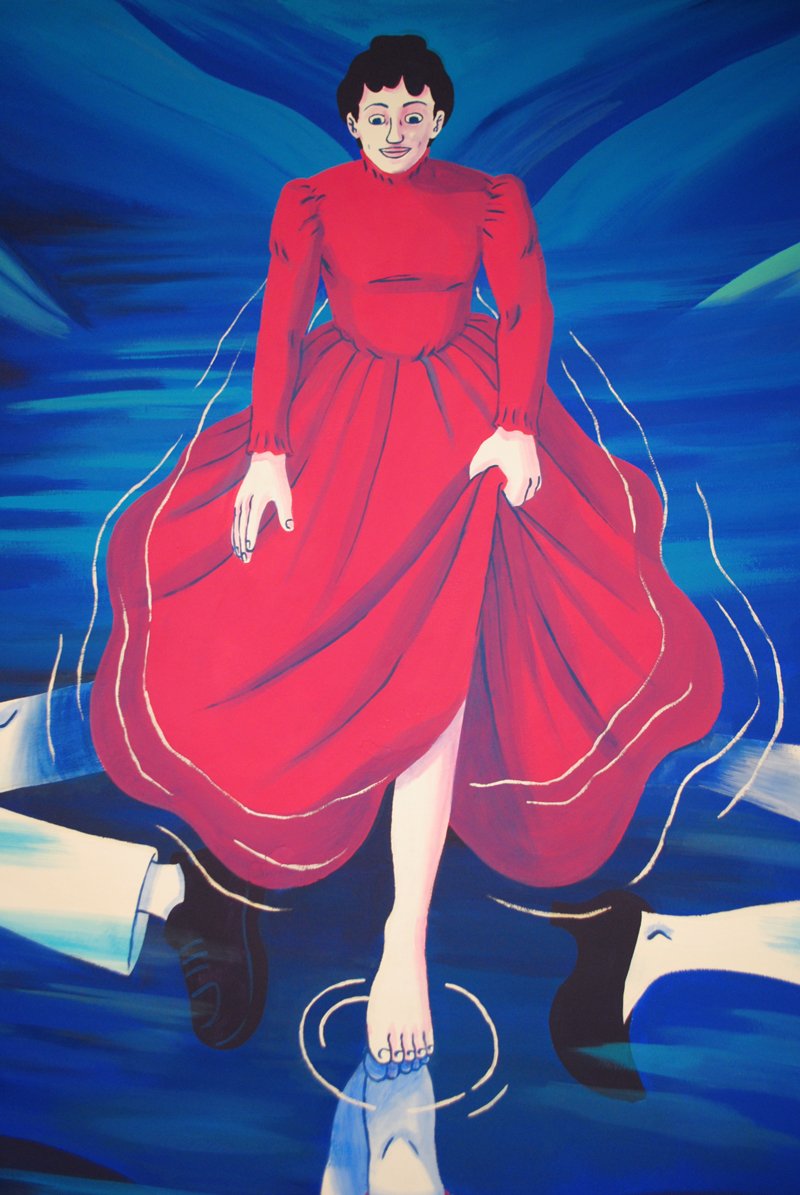
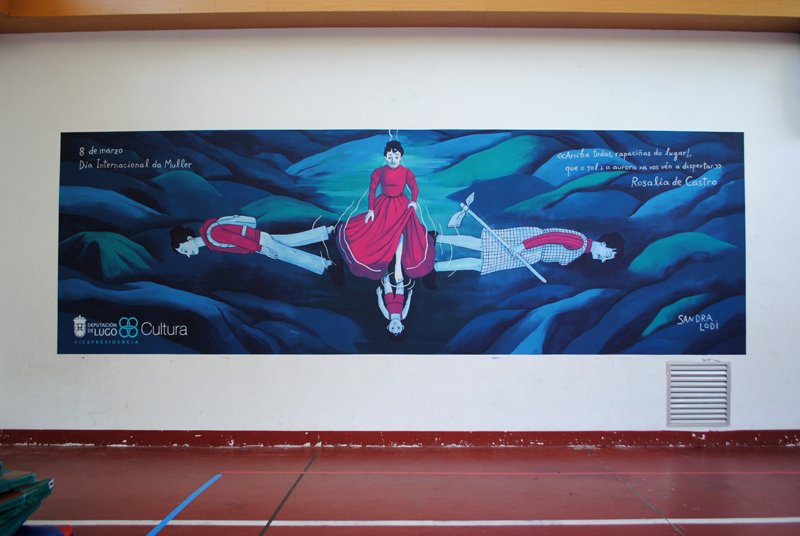
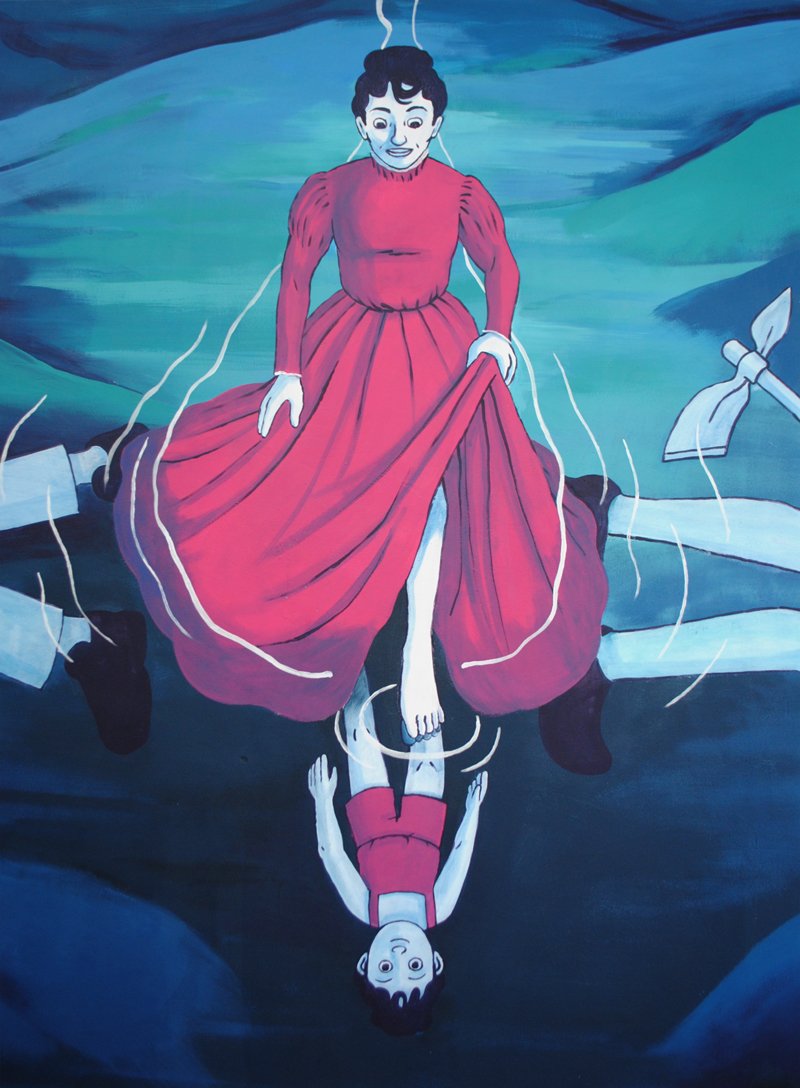

Illustration published in Revista Mongolia
Mural painting at Cruïlla Festival, Barcelona
Mural intervention in electric boxes
Illustration published in Revista Mongolia
Illustration published in Revista Mongolia
Mural painting at high and elementary schools
Illustration for El Correo
Mural painting for elementary school
Illustration for El Correo
Illustration published for El Correo
Illustration for El Correo
Illustration for El Correo
Illustration published in Revista Mongolia
Illustration for El Correo
Illustration for El Correo
Illustration published in Revista Mongolia
Self-published fanzine. Available in my store
Illustration published in Revista Mongolia
Designs for the Andalusian rock band
Illustration for El Correo
Design for the album of the Andalusian rock band La Macanca
Hobo Nata EP design